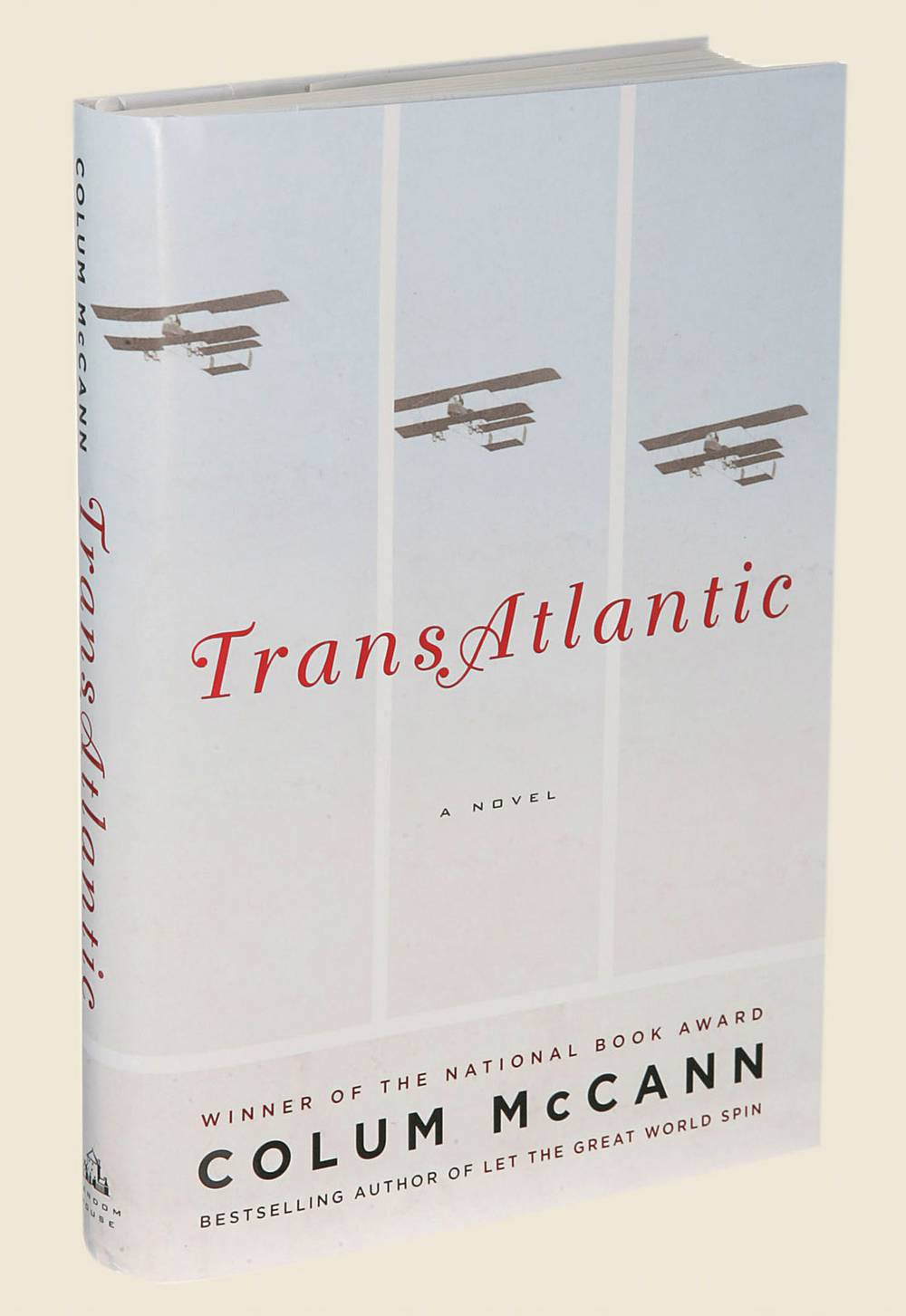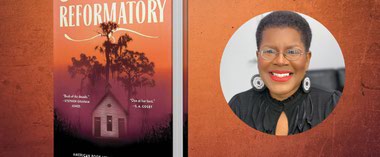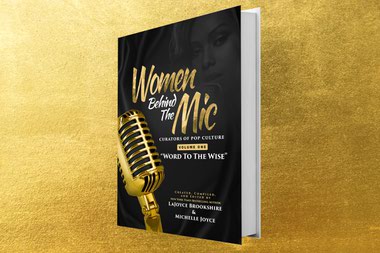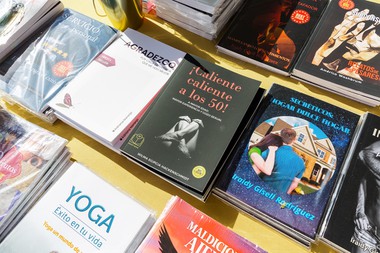
TransAtlantic By Colum McCann, $27.
After crash-landing in a County Galway peat bog, aviator Arthur “Teddy” Brown reflects, “Ireland. A beautiful country. A bit savage on a man all the same.” This twist of natures shapes Ireland throughout Colum McCann’s TransAtlantic.
Brown and Jack Alcock’s nonstop flight from Newfoundland in 1919 gives the novel its title and hinge point. The World War I veterans had flown a modified Vickers Vimy bomber to claim a prize and proved that mail could be delivered overseas by air. They were “taking the war out of the plane,” Brown imagines, but they were flying right into one—although McCann does not get into the guerrilla campaign launched earlier that year that would lead to the establishment of the Irish Free State in 1922.
But Britain’s centuries of dominion over the island cannot be overlooked by any of the novel’s historical or fictional characters. Book One deals with the former. After Brown and Alcock’s flight, McCann follows Frederick Douglass on his 1845 visit to Ireland, during which he raised funds for the U.S. abolitionist movement. Douglass befriends the nationalist leader Daniel O’Connell and sees food bound for export as the potato famine grips Ireland. “He would gladly have allowed himself to align with the desires of freedom and justice, but it was to his own known cause that he had to remain entirely loyal,” McCann imagines Douglass rationalizing. Next, the third-person-subjective narration jumps to former U.S. Sen. George Mitchell, brokering the 1998 Easter Accords that brought frail but enduring peace to Northern Ireland.
Book Two moves chronologically through the lives of fictional characters touched by the historical figures. Lily Duggan, the live-in maid of Douglass’ Dublin publisher, joins the millions fleeing the famine and settles in Missouri. Her daughter, Emily, becomes a pioneering female journalist and moves to Newfoundland, where she covers the Brown/Alcock flight, and her daughter, Lottie, marries a British soldier and settles in Northern Ireland. This completes a transcontinental circuit, but from Catholic south to Protestant north. Lily and her descendants care little for religion. “She had formed a distrust of men who carry Bibles,” McCann writes of Lily.
The final section shifts to the first-person narration of Hannah, Lily’s great-granddaughter, who loses a son to “the Troubles,” and who is in danger of losing her family’s seaside home in 2011. She hopes an unopened letter, penned by Emily and carried by Brown to Ireland, will bring her the cash she needs. This leads her to David Manyaki, a Kenyan colonial literature scholar married to an Irish woman. And so the novel closes another circle, one that starts with Lily and Douglass.
McCann likes sentence fragments, and when the narration lags, especially in the Mitchell section, his prose cadence grates. But these moments are rare. “We prefigure our futures by imagining our pasts,” his peacemaking Mitchell conjectures. That idea underscores another—an ineradicable Irish soul that survives both oceanic and cultural crossings.







Previous Discussion: